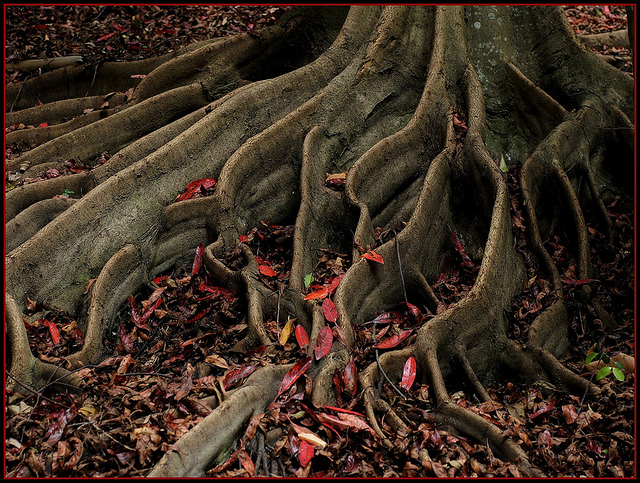As a survivor of extreme trauma, I’m sure I have tried everything in order to heal myself.
When I became a therapist so that I could help other survivors, I tried even more things.
Without doubt the one thing that helped me the most was learning how to meditate.
That is why I like to write about mindfulness practice in daily life. It is fundamentally healing and can be applied to any person in any situation.
What I noticed in my advanced professional training is how many of the current and relied upon treatment methods (e.g. SE, DBT, CBT) had one thing in common: Mindfulness Training. Most clinicians these days concur that in the initial stages of individual therapy, “skill building” (a.k.a. mindfulness training) is ideal so that people can begin the work of therapy while continuing to function in other aspects of their life.
In other words psychological “symptoms” need to be replaced by skills.
Practicing the “Four Mindfulnesses” is one way to develop these tools and can be included in everyday meditation practice. They are related to each other, so you can either move from one to the next or focus on each individually.
1. Mindfulness of Body is about learning how to place your awareness on your body.
After a few minutes of meditating using whatever technique is familiar, you try to feel your body on a physical level from your head to your toes. The idea is to feel your body from the inside out rather than thinking about what it looks like from the outside in. The “body scan meditation” by John Kabat-Zin is an easy way to learn how to do this and the more you practice it the better it feels.
2. Mindfulness of Feeling has to do with placing your attention and awareness on the sensations that you feel with your body (e.g., the breeze on your face, the texture of your clothes, warm, cold, etc.).
“Feeling” in this sense is more about awareness of subtler physical sensations. It comes before we’ve decided whether we like it or not—in which case then we might start having other “feelings” in the emotional sense. Learning to pay attention to these sensory details is a surefire way to keep the mind in present. This is how I learned to bring myself back when I got triggered.
3. Mindfulness of Mind is about placing your awareness on your mind (e.g., how your thoughts rise and fall in response to internal and external situations).
This is what we’re always doing in meditation, of course, but with an emphasis on watching how the thoughts come and go. I remember my first extended silent retreat where absolutely nothing was happening (since we were sitting all day and thus there was nothing really to think about. Nevertheless, I observed how the same thoughts would rise up, create a stir, and dissolve back down. Up and down like this, all day long, about stuff that had absolutely no relevance to my life. After a while the whole thing just became so ridiculous. Like a bleep in the matrix, I started to understand what they mean when they talk about the illusory nature of thoughts. It is true when they say, “Don’t always believe what your thoughts are telling you.”
4) Mindfulness of Phenomena is about focusing on the five physical senses: sight, sound, taste, smell and touch.
This is my go-to technique when someone has done a deep piece of work in therapy and is getting ready to leave the session. You simply take a few moments to breathe and relax. Then you open your eyes and notice five things that you see, what you smell, five sounds that you hear, what you taste (if anything) and any sensation that you feel on your body (sitting on the couch, the feeling of your clothes, etc.). This is also a wonderful way to practice mindful eating. By going through each of the physical senses when you sit down to eat you not only slow yourself down, but you can actually have a full sensory experience of your meal.
Naturally, what makes sense today echoes what the Buddha taught way back when. The Four Mindfulnesses are what we practice in the beginning of our spiritual journey. It is for the same reason: to learn the tools to keep ourselves safe and grounded before getting into the more challenging aspects of our mind and our world.
Pure wisdom is timeless and compassion is what heals the human heart.
~
Author: Tina Fossella, MFT
Editor: Toby Israel
Photo: Flickr/Tatters
~












Read 1 comment and reply